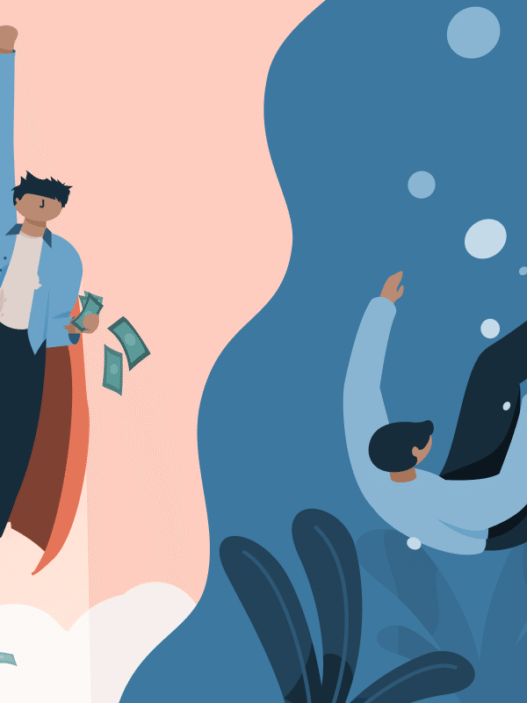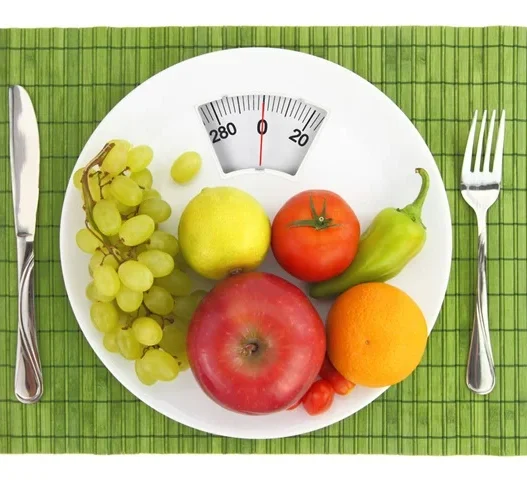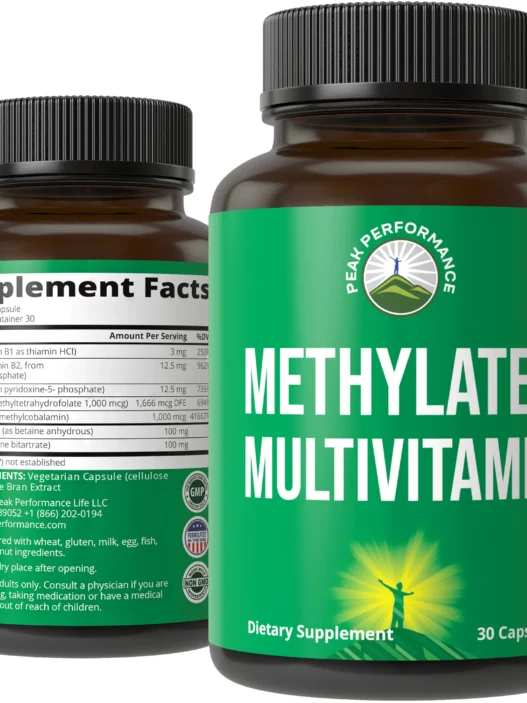The dopamine detox is a new buzzword that comes out of the depths of biohacking and self-optimization in the hyper-connected world.
It is being advertised as the solution to digital distraction, motivation, and general dissatisfaction in life that will allegedly reset your reward system. But what precisely is it and is the science good? The truth is more subtle than the media would make it out.
What is Dopamine, Really?
To start with, a widespread myth needs to be disproved. Dopamine cannot be called the pleasure chemical as it is commonly believed. It can better be referred to as the motivation and anticipation molecule.
It is mainly used in motivating us towards achievements and rewards. Whenever you smell coffee brewing, just heard the buzz of your phone, or got a notification, it is the rush of dopamine, which makes you desire the result I wanted to drink coffee, to receive social approval.
It is not dopamine that is the issue with the modern age but the sheer amount of supernormal stimuli and how easy it is to attain.
The social media, video games, junk food, and streaming services are designed to give high-dose hits of dopamine instantly with a minimum amount of effort.
In the long run, such chronical bombardment may result in the so-called dopamine downregulation. In its attempt at balance, your brain decreases the quantity of the dopamine receptors or their receptivity. The result?
More stimulation is required to get yourself to the same degree of satisfaction, and daily, hard-working rewards, such as the pleasure of completing a book or a good workout, start to seem inane and ungrateful.
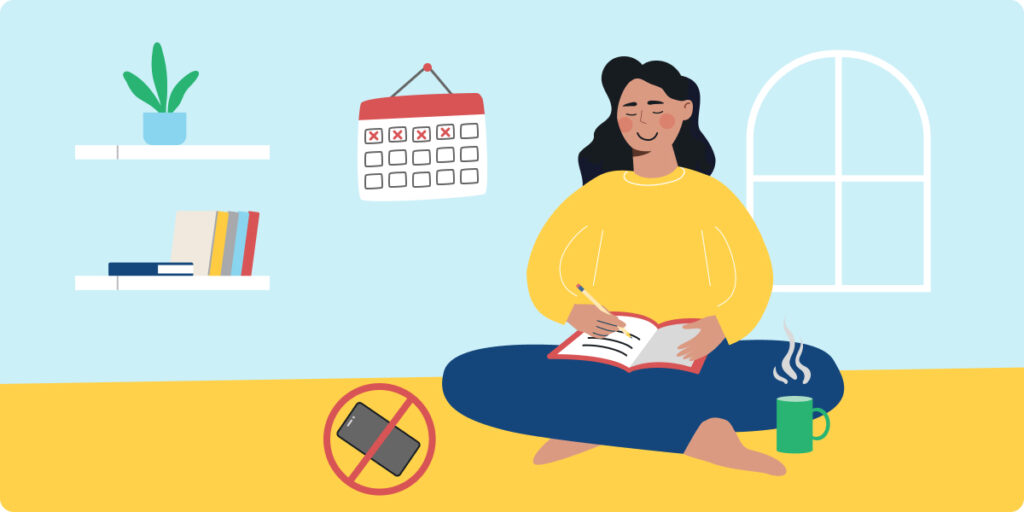
Enter the “Dopamine Detox”
The so-called dopamine detox, which is the proposed solution, is voluntary abstinence of such high-dopamine activities during a certain period of time, either a few hours or weekend.
It is not aimed at getting rid of dopamine (biologically impossible), but rather at starving the brain of easy solutions. Common rules include:
· No social media, YouTube or internet surfing, as entertainment.
· No video games or television.
· No junk, sugar or too much caffeine.
· No pornography or other extreme stimuli.
Instead, participants will be asked to take part in low-dopamine activities:
· Reading physical books.
· Walking in nature.
· Journaling and meditating.
· Having simple hobbies to do such as drawing or cleaning.
· Conducting face-to-face conversations.
The point here is that sitting with boredom and taking away the digital pacifiers, your brain will not be able to do otherwise but to resensitize itself. Simple pleasures in life will be clear and enriching once more, and your eagerness to work towards something significant, lasting will be renewed.
The Science Conclusion: Comforting Theory, Fallacy Biology
It is important to realize that strictly speaking, a neuroscientific point of view, you cannot reboot your dopamine system like one can reboot a computer. Dopamine is an active compound that is produced in your brain to control movement, mood, and motivation. The term itself is a misnomer.
Nevertheless, it would be wrong to disregard the whole idea. The biology is simplified but the psychological and behavioral advantages are extremely tangible. This practice can be more appropriately described as a cognitive decluttering or a stimulus fast.
1. It Breaks Bad Habits: This one involves establishing a strict rule about some aspects that will stop your automatic, unconscious patterns of reaching your phone or opening an app when you are bored. This introduces an element of free decision.
2. It Rewiggy Acquaints You with Boredom: Boredom is not something to be conquered, it is a source of invention and self-introspection. Without the external noise, your mind is predetermined to wander, solve a problem, and come up with ideas by your own.
3. It Confuses Your Rewarding Scale: When you have spent a day without the adrenaline rush of TikTok or a video game, reading a book in the park would be truly fascinating and relaxing. It is not so much that you are altering your dopamine baseline so much as you are rediscovering the joy of more effortful and slow activities.
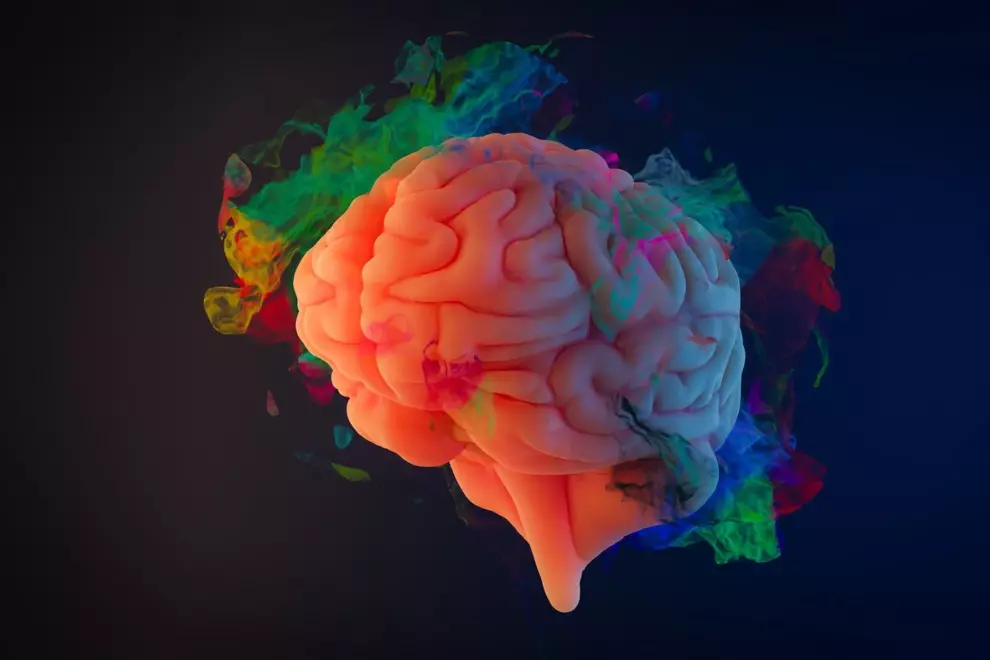
The Realist way to do your Detox.
These are practical measures as opposed to going it all on a radical unsustainable purge:
· Go Little: 3-hour detox on a Saturday morning. Then, maybe a full day. To avoid failure, do not make an overambitious goal of the week.
· Concentrate on Substitution: It is not enough to take away the stimuli but instead to replace them. Intend to read a book on your shelf, go to hiking, or only organize your wardrobe. The aim is to be active and not to be passive abstinent.
· Name Your Triggers: Take the quiet time to pay attention to what urges are aroused. When you are anxious do you pick up your phone? Are you addicted to being a sugar-craving-when-you-are-tired person? This awareness of oneself is better than the detox itself.
· Build in the Principles Long-Term: It should not be a vicious cleansing process accompanied by a relapse to the former lifestyle. Rather, take it as a cleanse to create healthier daily habits, such as eating phone-free or spending the first hour of the day having deep work, rather than responding to emails.
The Final Word
The dopamine detox is not a scientific protocol but a very strong metaphor. It will not rewire your brain during a weekend, but it can also be a very welcome respite after the vicious cycles of contemporary technology.
We generate the room to re-establish ourselves, our physical surroundings, and the small, long-lasting gratifications that make life so much more fulfilling by making a deliberate decision to walk away of the noise. In that regard, it is not really a detox, but a rediscovery.










